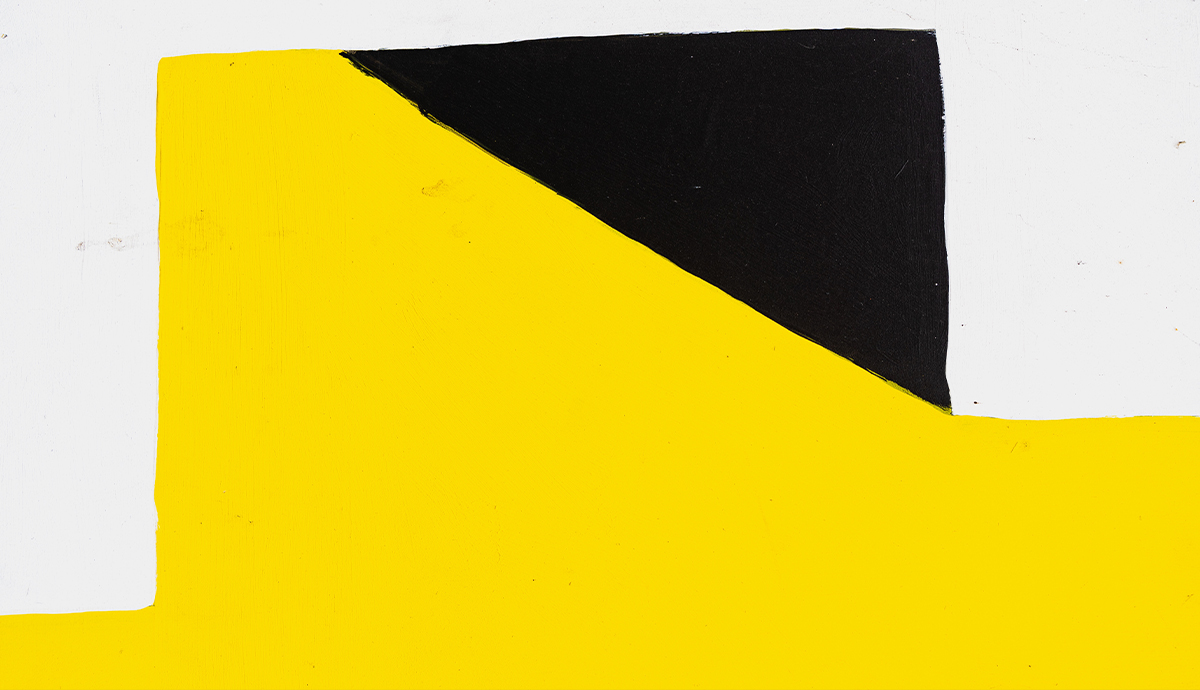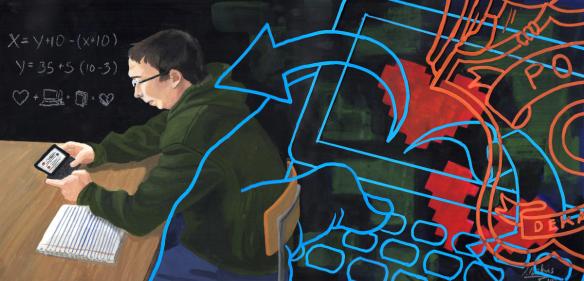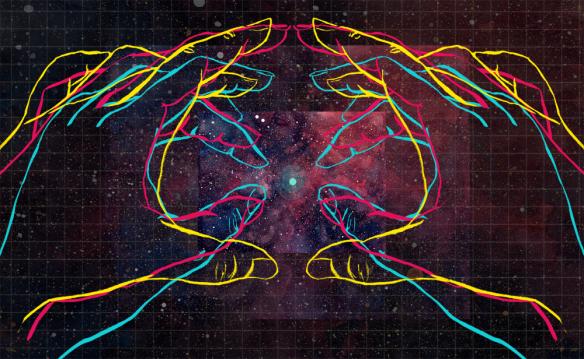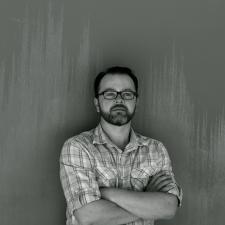For the past few months, I’ve busied myself with preparations for the North American Review’s upcoming bicentennial creative writing and literature conference, which takes place June 11-13, 2015 here on the campus of the University of Northern Iowa in Cedar Falls, Iowa. The conference will look back at the NAR’s long and storied past while also looking to the future of the literary world as we bring together a wide range of writers, critics, artists, and teachers from around the country to share their work. You’re invited, by the way. I hope you’ll join us this summer for what promises to be a grand celebration! (You can find the general call for papers here. Here’s one focused on Mark Twain in particular, and this one focuses on contemporary historical fiction.)
I’ve always felt that my editorial work at the NAR was a contribution to something much bigger than myself, something historic, something important. Directing this conference has compelled me to think even more deeply about my work as an editor at such a venerable and culturally significant institution. I’ve been mulling over what it means nowadays to be an editor, what it can mean, what it should mean.
We editors of literary magazines are a curious breed. We enjoy wielding what little bit of power and authority we have, and people might take us a little more seriously because we represent at least some sliver of the literary establishment. In some ways, our job is to think highly of ourselves and our aesthetic judgment, our literary taste—even if we can’t always precisely articulate what it is about a poem or story or essay that makes it worth publishing. But we still believe we’re right, and each issue we produce is a testament to this belief, an argument that here is what literature should look like, here is what it can do. It takes arrogance, doesn’t it? But editors must also be selfless and giving and generous with their time and energy. How many hours do we spend with other people’s words when we might be attending to our own words, our own personal literary visions, rather than presenting and promoting someone else’s.
So yes, editors are a curious breed. And I say breed because it seems likely (or at least plausible) that editors (true editors) are born not made. They’re born with this dual disposition of arrogance and generosity, of self-confidence and self-effacement. I might go so far as to say that even the word “edit” itself has embedded within it this doubleness. “Edit” literally means “to put forth.” It’s a statement, a speaking out. A case is being made. There’s a kind of assertive boldness to editing, but the root of the word “edit” is the Latin verb dare, which means “to give, to offer.” It has a sacred ring to my ears. So when we edit, we are also participating in this sacred economy of gift giving. The spirit of editing a literary magazine, then, must be one of both bold statement and humble gift.
On top of my usual editorial responsibilities, as the associate editor of a magazine about to celebrate its bicentennial, I feel the added burden (daunting but thrilling) of living up to the magazine’s long and illustrious publication history. I sympathize with Henry Adams, the NAR’s eleventh editor, when he says in a letter in 1875, “My terror is lest it should die on my hands.” When I choose to print something in the pages of the NAR, for instance, I’m placing it in the same historical record as the work of Emerson, Whitman, Twain—or more recently Carver, Atwood, Oates; we’ve published twelve presidents and fourteen poet laureates. We’ve published Tolstoy, Conrad, Yeats. The list of literary luminaries goes on.
When I mention how old and venerable the NAR is, when I seem to be boasting about all the great writers and important people whose writing we’ve published over the years, I don’t mean to inflate my own importance. In fact, I find editing such a magazine to be a deeply humbling experience. I think about my work as a public service to the literary community, as both a concrete and intangible way of promoting the writing life. It’s easy enough to describe how the magazine offers a literal venue for writers to present their work, but it’s the intangible part that I’m interested in. I’ve come to believe that when it’s done well, when pursued with the same conviction and attention we usually reserve for the writing of our own poems and stories and essays, editing a magazine feels like giving the perfect gift to someone you love. But it’s not just the reader you love, or even the writer, it’s the tradition.
Tradition is a stiff and stuffy word. It suggests a certain level of conservatism, a hostility to the new. In fact, this was a common complaint about the North American Review in the Boston years. Early on it earned the nickname “Old North,” with an emphasis on the “old.” In The Blithedale Romance, Hawthorne makes reference to “the conservatives, the writers of the North American Review, the merchants, the politicians, the Cambridge men, and all those respectable old blockheads.” It was called by one critic “the torpid and respectable North American Review,” by another critic “that singular fossil, the North American Review,” and Thoreau, who boasted never to have written for the magazine, said “What venerable cobweb is that which has hitherto escaped the broom, whose spider is invisible, but the North American Review?”
I want to loosen up the idea of tradition a little bit today. I want to make a case for heeding, or at least attending to, a flexible tradition, one that moves and changes as we move and change. I’m in the not unpleasant position at the NAR of facing what seems to be the entire history of American letters. It’s a position that we all face as writers to some degree, a position of being between the past and our own desires for the future. The question is how we navigate these two pressures.
Bloom’s anxiety of influence comes to mind, of course, suggesting that as an editor I feel a psychological need to clear space for myself and my own vision for the magazine I work for. It’s a competitive need, an Oedipal need. But this model feels self-absorbed and needy. There are other ways to think about tradition.
I’d like to suggest two metaphors for our relationship to tradition. Let me quote one of my intellectual and literary heroes, Barry Lopez, who was a frequent contributor to the NAR from the mid-70s to the early-90s and who is still a contributing editor. In a catalog essay for an exhibit of collages by the artist Alan Magee, Lopez argues:
if art is merely decorative or entertaining, or even just aesthetically brilliant, if it does not elicit hope or a sense of the sacred, if it does not speak to our fear and confusion, or to the capacities for memory and passion that imbue us with our humanity, then the artist has only sent us a letter that requires no answer.
Lopez is calling here for art to do something important, not just dazzle us with its surfaces. He’s also introducing a metaphor I’ve since embraced as central to my own poetics and my own editorial vision: the work of art as a letter, and the truly good work of art as a letter that does require an answer. Our work, then, as artists, as editors, as letter writers is part of a centuries-long conversation or correspondence we have with tradition. (I’m not talking about tradition as “The Tradition,” that is, the canon, whatever that means anymore. Any number of voices not recognized as “important” are—or at least can be—part of tradition as I imagine it.)
Nevertheless, this connection to tradition is exactly why it is so important for young writers not only to write but to read as well, paying attention to who and what has come before them, and fashioning a response of their own. Otherwise, art uninformed by (or at least ignorant of) tradition risks naiveté, obliviousness, or worse cliché. My job as an editor is to offer the artist a way in to this conversation, so each issue of the NAR becomes an invitation.
Here’s another possible model for our relationship with tradition as editors, one that need not be derived from the anxiety of influence nor rely on the ideologically slippery progress narrative as a way to move into the future.
I lived for a time as a graduate student in Binghamton, that beautifully unkempt upstate New York town situated on the periphery of the Rust Belt and at the confluence of two rivers, the modest Chenango and the mighty Susquehanna. Confluences in nature are places of great tension and turbulence as each river tries to assert its own energetic path. The convening waters form a great diagonal wave that never crests but continues roiling and churning, until finally beyond the point of contact the rivers seem to settle, the two becoming one. But a confluence is not a singular event; it is an incorporation in a constant process of becoming. On our maps the Chenango ends abruptly at the confluence, subsumed by the Susquehanna, which continues its westerly course, but (metaphysically) it must be a different river. It contains different waters now, its substance has been changed, it is reborn. The confluence is the site of this rebirth.
If tradition informs us and changes us, then, and requires us to respond in some meaningful way, perhaps confluence is a more fitting model than influence because it insists on a dynamic process of becoming rather than a singular, contained site of change. Influence comes from outside of the self; confluence contains both the self and other. Influence emphasizes the main current; confluence emphasizes togetherness. None of which is necessarily to deny Bloom, but a model of confluence at least tempers if not completely reconciles anxiety. Confluence, then, is but another name for the waters of tradition we all contribute to as artists and editors; we’re all of us tributaries.
Top three illustrations by Justin Perkins. Justin graduated from College for Creative Studies. A freelance illustrator and designer, he teaches art in Detroit. Justin’s first illustration for the North American Review appeared in issue 298.4, Fall 2013.
Image of the confluence of two rivers.








